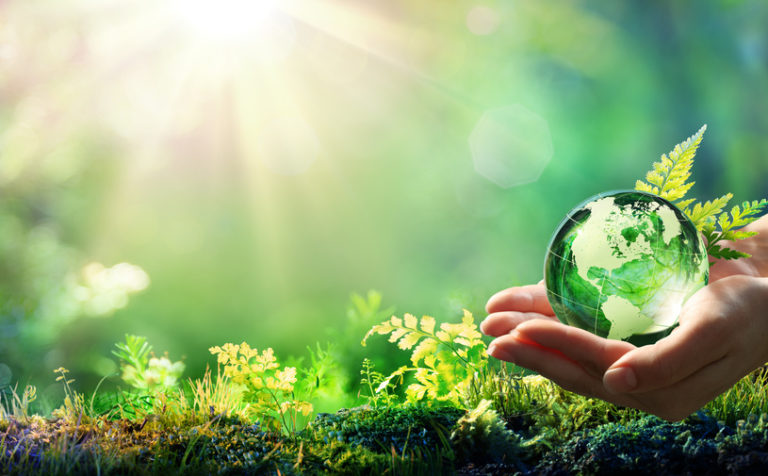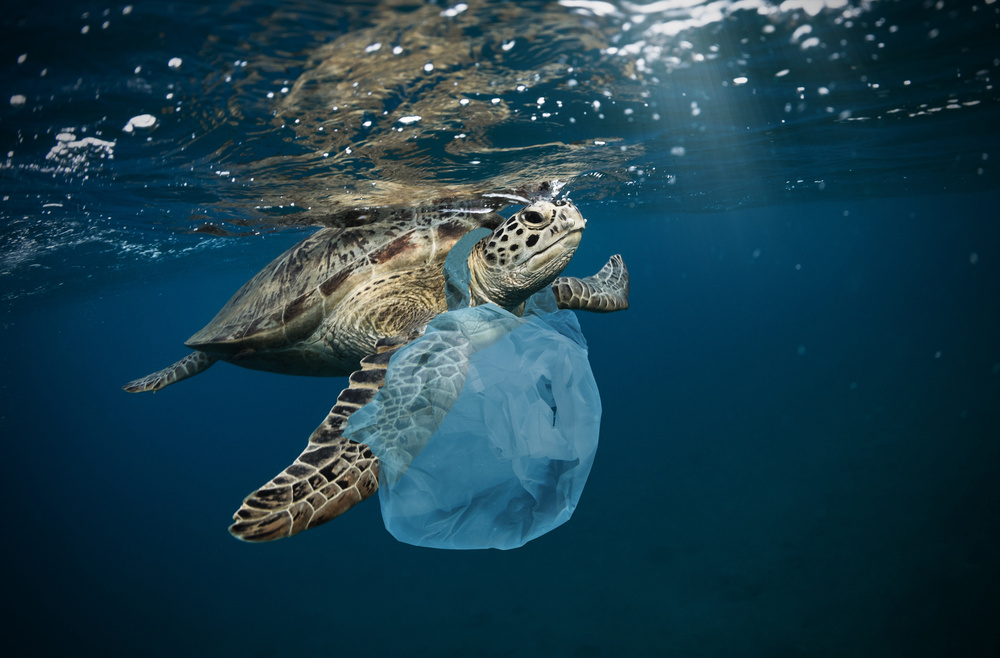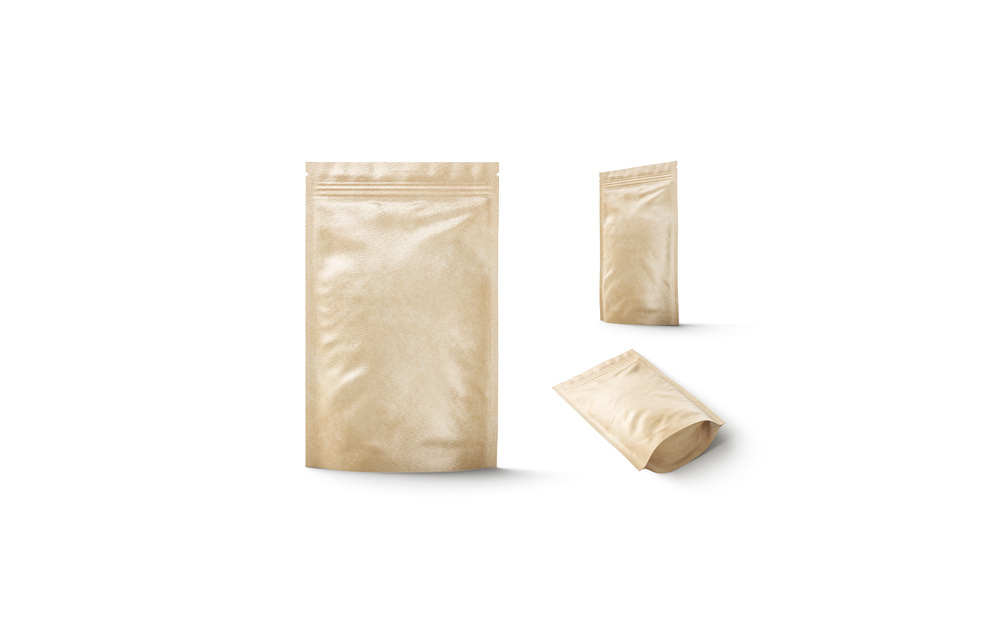
Response to Paper Materials as Food Packaging Materials
-
- Category:
- COLUMN
-
- Date:
- May.6.2022
Food packaging materials are changing from plastic to paper materials, which are seen worldwide.
The reason why we review the plastics we have used as a matter of course is that it is an important theme in thinking about the future way of packaging, and it is an unavoidable issue for companies that handle food.This section explains the problems caused by plastics and discusses the future of food packaging materials for the next generation of food packaging materials that are actually being developed.
Previous and Future Food Packaging Materials
|
What is required for food packaging |
|
|
Until now |
In the future |
|
・Food safety and Hygiene ・Preservation of Freshness ・Convenience of Handling ・Ability to Meet a Wide Variety of Needs |
・Sustainability in Addition to the Left |
Food packaging materials and containers used to protect food safety and hygiene, maintain freshness, and have played a role in reducing food loss by lengthening the shelf life.In addition, there has been a need for highly flexible food packaging materials that can meet a wide variety of products and needs by contributing to efficient distribution through the compact, high-strength and flexible food products that can withstand transportation, and by enhancing the value of products through packaging.
However, from the standpoint of the plastic issue and SDGs adopted at the UN Summit in 2015, it is important that food packaging materials and containers be sustainable in addition to conventional ones.
|
[Reasons why sustainability is required]
|
Plastic, a revolutionary child of food packaging
Plastics are the typical materials that have met a wide range of needs for food packaging materials and containers.Plastics are used in all kinds of products because they can be freely shaped by heat and because they are light and easy to handle.
In the history of food packaging materials, plastics are a revolutionary entity that is highly convenient for protecting and handling foods, and even today, there are no materials that change to plastics in terms of function.
In today’s world, however, the problems posed by plastics are becoming more serious and cannot be ignored.
Problems caused by plastics

While plastics are useful, they cause serious problems.
Because plastics cannot be decomposed naturally, they become fine grains and remain in nature for a long period of time.
When dumped into the sea or river, they continue to float as marine debris.Such plastic garbage contains harmful substances such as antioxidants and additives such as flame retardants.There have also been cases in which organisms suffer from unintentional uptake of such plastic garbage into the body, and cases in which plastic fishing nets cause drowning of turtles.In this way, plastic debris pollutes the oceans and poses a life threat to organisms.
Microgranulated plastic is called micro plastic. Micro plastic has been found in humans by eating seafood that has been swallowed with micro plastic.Although it has not yet been proven to be harmful to humans, the possibility of taking a variety of harmful substances in the human body cannot be denied.
In addition, crude oil, which is a raw material for plastics, is one of the main causes of global warming, so continuing to use plastics will lead to further progress in global warming.
|
[Problem caused by plastic]
|
There is data that more than 8.3 billion tons of plastics were produced after 1950, of which 6.3 billion tons were disposed of as waste.
It is said that 12 billion tons of plastic will be disposed of by 2050, and the issue of plastics is an issue that must be addressed as soon as possible.
The food packaging and container industry, which has used plastics to date, needs to face the problems of plastics seriously.
Reference: The Journal of the Waste Resource Recycling Society, “”Present State, International Trends and Countermeasures for Microplastic Contamination,”” and the Ministry of the Environment,“”Situation Surrounding Plastics in Japan and Overseas.””
Global trends in plastics
In response to these plastic problems, there are a variety of developments in the world, including the following.
In particular, since the adoption of the International Development Goals (SDGs) at the UN General Assembly in 2015, the global movement towards plastics has been accelerating.
|
[Global trends in plastics]
|
Japan also holds campaigns to revise laws and collaborate with local governments and corporations. These campaigns include raising awareness, reviewing the collection and disposal of plastic garbage, developing new materials, and supporting awareness reforms in developing countries.
New Flow for the Development of Sustainable Food Packaging Materials

As efforts to address the issue of plastics are accelerating, new trends in food packaging materials include the use of plastic-free materials that are processed into paper materials such as water-repellent, heat-resistant, oil-resistant, etc., and the shift to paper-centered packaging materials.Various types of food paper include water-resistant paper such as sealant paper and card paper.
Why paper is sustainable
Paper-based materials are considered to be sustainable resources from the following viewpoints.
- Renewable: wood, a raw material for paper, is a renewable resource
- Biodegradable: can be degraded by organisms to inorganic levels
- Recyclable: Paper used once (used paper) can be reused.
Development of new technologies for environmentally friendly food packaging
Bioplastic is attracting attention as a new technology for food packaging.。
Bioplastic of biological origin
Bioplastics are a generic term for biomass plastics and biodegradable plastics.
Biomass plastic is a plastic made from renewable bio-derived resources. Plants that serve as raw materials absorb carbon dioxide during photosynthesis during growth. Therefore, the amount of carbon dioxide that discharge when incinerated can be compensated for, thereby reducing the total amount of discharge.Therefore, biomass plastics can be said to contribute to the problem of global warming.In addition, biodegradable plastics can eventually be decomposed into inorganic substances such as water and carbon dioxide, which can be naturally reduced, so it is believed that improvement of the marine plastic problem can be expected.
Both are used as food packages, and those that meet basis are approved by the Japan Biomass Plastics Association and the Japan Organic Resources Association for their logo labeling.
Although the volume of bioplastics shipped in Japan in 2018 was not as large as 44000 tons, the reduction in CO2 emissions was confirmed to be 82000 tons.Therefore, bioplastics can be said to be a material that is expected to expand as a result of aggressive introduction in the future.
See Bioplastics Society of Japan, Overview of Bioplastics.
Summary
Plastics, which used to be used as food packaging, may be unique in terms of functionality. However, considering the earth, ecosystems, and our future, we cannot continue to rely on plastics in status as it is.
In the world, we are reevaluating the current situation and developing environmentally friendly packaging materials such as paper packaging and bioplastics
Kawashima implements initiatives aimed at realizing a sustainable society in accordance with the targets set by SDGs.




